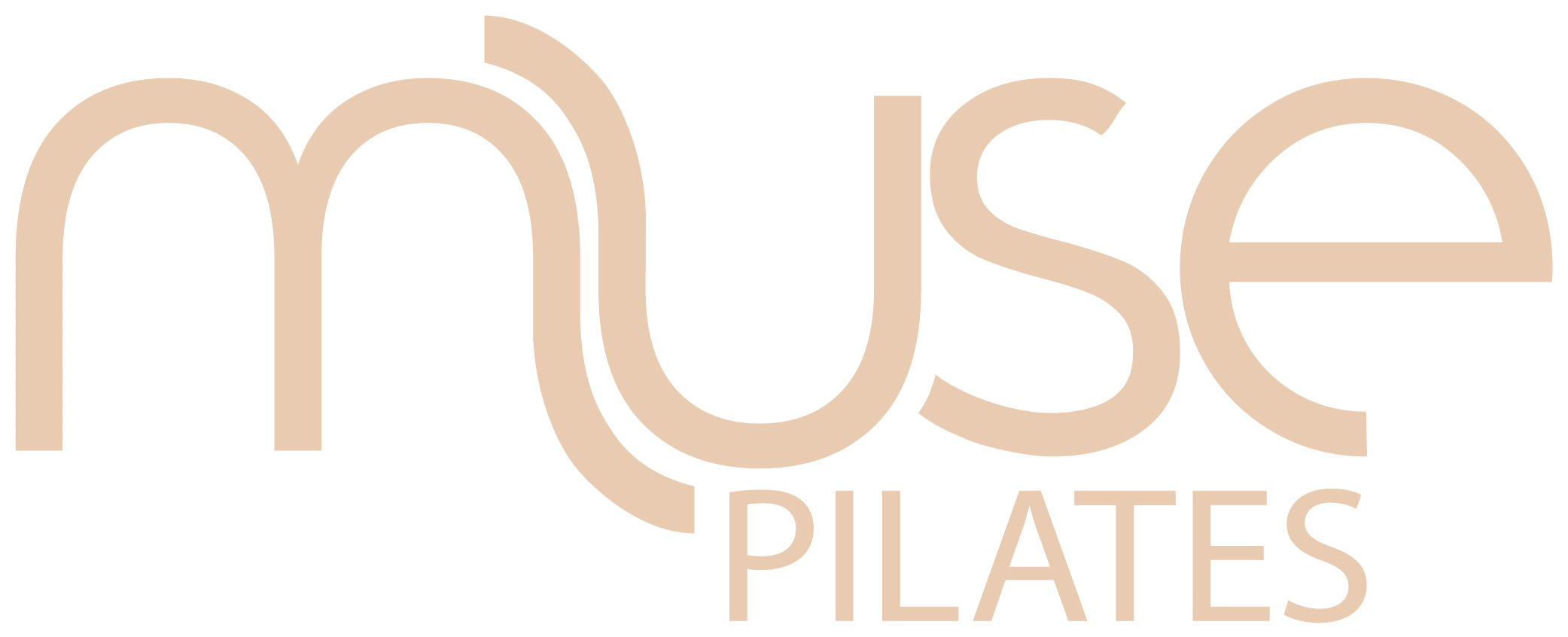In the realm of Pilates, two popular variations stand out: reformer Pilates and Mat Pilates. Both offer unique benefits, but understanding the differences can help you choose the right path for your fitness journey. Join us as we explore the worldwide fitness debate of reformer Pilates vs Pilates on the mat.
What is Pilates?
In a time when fitness trends come and go, one method has withstood the test of time, proving itself as a transformative and holistic approach to physical well-being – Pilates. At their core, Pilates exercises seek to strengthen the body from within, focusing on the powerhouse region that encompasses the abdomen, lower back, hips and glutes.
So, what’s the difference between reformer and Mat Pilates, and which one is right for you? We’ll walk you through the main differences to help you get started in the world of Pilates. Read on!
What is Mat Pilates?
Mat Pilates is a fitness practice centred around core-focused exercises performed on a mat. Created by Joseph Pilates in the 1920s, this highly-praised wellness approach is all about using your own body weight to improve flexibility, strengthen your muscles and boost your stamina. The routine typically focuses on core muscles, but it also engages other muscle groups to promote overall strength and stability.
The beauty of Mat Pilates lies in its simplicity — all you need is a mat; no fancy equipment required.
Adaptable to individuals of all ages and fitness levels, Mat Pilates is a versatile discipline and offers a robust and engaging workout for all who participate.
Benefits of mat Pilates vs reformer Pilates
- Only requires a mat, which makes a Mat Pilates class more accessible
- Can seem less intimidating than reformer Pilates for beginners
- Instructors can provide optional alterations to suit beginners or advanced
- Improves strength, flexibility, mobility and posture
- Great for learning the foundations of Pilates e.g. technical names and correct breathing
Mat Pilates exercise examples
- The hundred: Involves laying flat on your back with legs and neck slightly raised and your arms moving in small circular motions next to your hips. An amazing exercise to warm up the body by pumping up the heart and circulation, while engaging in the mind-body connection.
- Roll-up: Challenges the abdominal muscles and is great for spinal articulation
- Single leg stretch: Demands strength and endurance as individuals sustain an upper body arch and maintain torso stability while alternately adjusting leg and arm positions.
- Double leg stretch: Similar to the single leg movement, the double leg stretch requires the movement of both legs and arms joining in a fluid and continued movement.
- Spine stretch: A great stretch for the back and hamstrings, whilst also helping to warm up the abdominal muscles.
What is reformer Pilates?
Now for the second Pilates style, reformer Pilates! This approach introduces a dynamic element to the traditional mat Pilates by incorporating a specialised Pilates reformer Machine called the reformer bed.
This piece of Pilates equipment consists of a sliding carriage, springs and straps, providing resistance and support to enhance your Pilates experience. Reformer Pilates takes the traditional mat exercises to new heights, adding variety and intensity to your routine.
Benefits of reformer Pilates vs Pilates mat
- The reformer allows for adjustable resistance, enabling targeted muscle engagement and enhancing overall strength
- Supports the body for a low-impact, effective workout
- Offers modifications for injuries and joint issues
- Fun and versatile classes
- Range of springs allows the instructor and user to dictate the workout, making it easier or harder depending on their needs
- Assists with the development and correction of proper form
- Improves posture and mobility
Reformer Pilates exercise examples
- Reformer footwork: Involves a range of movements with your feet on the footbar. Targets the glutes, inner and outer thighs, hamstrings, quads, calves and abs.
- Leg circles: A legs-in-straps exercise that involves controlled circular movements on the legs whilst lying with a flat spine. This exercise is designed to target and strengthen the muscles of the core, hips, and legs.
- The frog with feet in straps: Involves laying on the back with feet securely placed in the straps. The legs are then opened and closed in a controlled manner, engaging the inner thighs and working the muscles around the hips.
- Lunges: Targeting your front standing glute, you’ll push the carriage back with your back leg and use the strength of the front leg to maintain stability and to draw the carriage back.
- Back rowing – plough: involves facing the poles in a seated position with a straight back and pulling on the tension of the straps until arms are parallel with your spine.
Which type of Pilates should you do?
Still questioning which type of Pilates is best for you? When it comes to choosing between mat Pilates and reformer Pilates, the answer depends on what’s best for your body. However, we can’t go past reformer Pilates – that’s why we created our inclusive studios in the first place!
From developing foundational knowledge and including all experience levels to offering a low-impact yet powerful and intense workout, a reformer Pilates class just offers so many incredible benefits that it’s hard to beat. If you’re recovering from an injury or are pregnant, reformer Pilates is also a great way to slowly make your way back into the world of exercise.
Gain access to an inclusive and empowered reformer Pilates community
If you’re looking for a welcoming and inclusive reformer Pilates studio, Muse Pilates invites you to sign up for our introductory offer. It’s the perfect way to get a feel for the studio, the instructors and most importantly, reformer Pilates!

